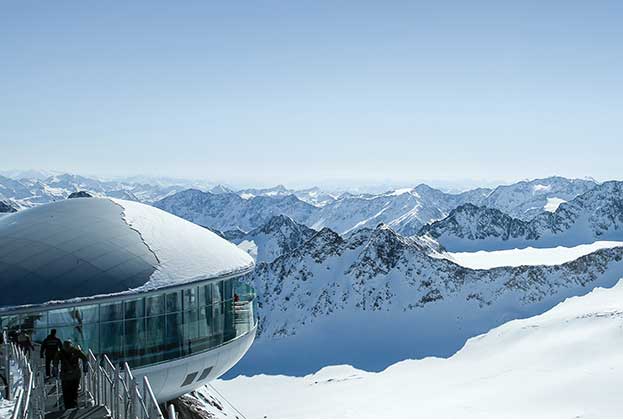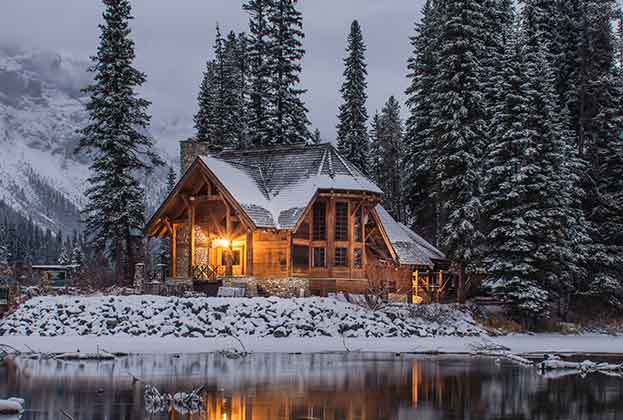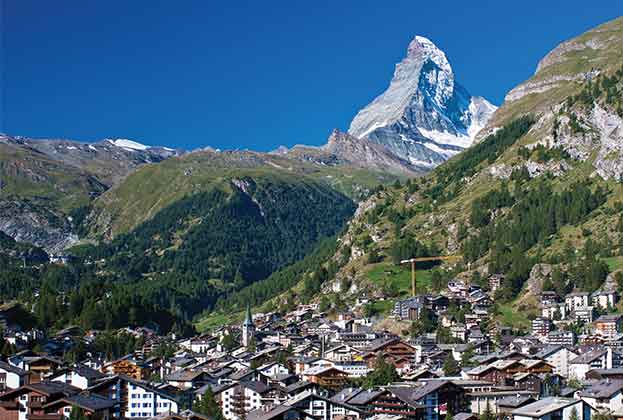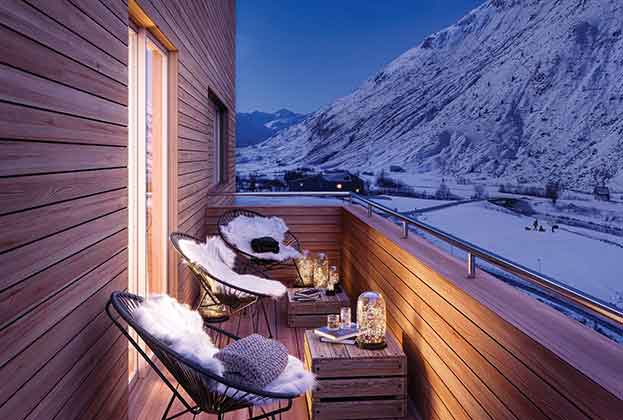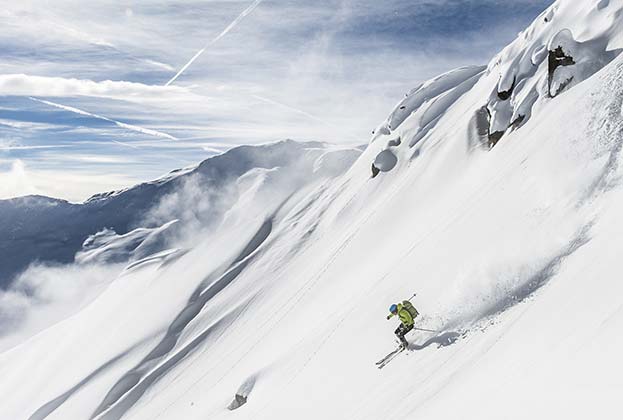Following two years of forced closures and, for some, ongoing travel restrictions, the global ski residential property market is benefiting from pent-up demand and a new appreciation for the great outdoors
The prime residential ski market has proved surprisingly resilient, despite almost two seasons of closures for most resorts. Supported by favourable monetary policies and low interest rates, prime property is an attractive place in which to invest, and ski property has benefitted.
As an outdoor activity in an age of social distancing, ski resorts have an obvious appeal. Sustained demand for ski property has meant that the prime residential markets of most resorts have seen price growth during the last 12 months. Although the ski industry faces long-term challenges, investment into infrastructure and new technology are attracting new followers to the sport, as well as helping resorts to retain a competitive position within the wider property market.
Consecutive closures but high hopes for 2021/22
Early resort closures and strict travel restrictions in the 2019/20 season led to the worst ski visitor numbers in the past twenty years, at just under 300 million visits. In addition to the abrupt end to the 2019/20 ski season, the 2020/21 season failed to commence for many ski resorts.
As a result of the Covid-19 pandemic, ski resort visits across the globe decreased by 18% during the 2019/20 winter season, with the steepest decline of 31% in Asia and the Pacific
Paul Tostevin, Director, Savills World Research
However, there were notable exceptions; the National Ski Areas Association recorded 59 million visitors to US ski resorts for the 2020/21 season. Much more reliant on domestic skiers, this was the fifth highest volume since season records began in 1979. Similarly, resorts in Switzerland opened with few restrictions and did not fare as poorly as some of their neighbours in terms of ski numbers. There is also rising hope for the approaching 2021/22 global ski season.
Investing for the future
Vulnerable to climate change and highly dependent upon tourism, ski resorts are continually investing in their infrastructure to attract visitors and remain competitive. New developments in the Alps include a €40 million lift connection between Val Thorens and Orelle in Les Trois Vallées (France), Zermatt (Switzerland) adding a new cable car linking the resort to Cervinia (Italy), and Flims, Laax (Switzerland) completing the development of the world’s longest treetop walkway.
Beyond the Alps, Colorado’s ski resorts have increased the size of their terrain offering. Steamboat has opened 355 acres north of the resort and McCoy Park has grown by 250 acres at Beaver Creek. Lake Louise in Canada has also opened an additional 480 acres.
Ski services receive tech upgrade
Social distancing during the Covid-19 pandemic encouraged many ski resorts to improve and update their services. Catalysing change within the industry, the pandemic has pushed resorts to offer online services for lift passes, lessons and hire shops.
Ski France is offering a new chalet experience of contactless catering, whereby guests arrive to fully stocked fridges, easy recipe plans and pre-reserved ski equipment.
Catalysing change within the industry, the pandemic has pushed resorts to offer online services for lift passes, lessons and hire shops
Paul Tostevin, Director, Savills World Research
Some resorts, such as Zermatt, have gone a step further by offering home delivery of ski equipment to residents and guests. This service creates a bespoke and personalised experience, and customers no longer have to step foot in a ski store.
The industry suffers from lower take-up amongst younger generations, so these technological advancements will also help to attract a younger, tech-savvy skier, which is vital for the future growth of the industry.
Improving its carbon footprint
The ski industry is highly conscious of its environmental impact and the threat that climate change poses to the industry. The Flocon Vert (Green Snowflake) award has been given out to ski resorts since 2011 to increase their environmentally friendly actions. A recognition of sustainable development, this is a highly sought-after accolade for resorts.
A visitor’s mode of transport contributes 73% of the average ski resort’s carbon footprint, according to a study from 2007. Rail travel, wind and solar-powered T-bar lifts are some of the ways that resorts are working to lower their carbon output.
The recently reinstated ski train linking St Pancras Station, London to Moûtiers and Bourg-Saint-Maurice, France will be exclusive to holiday packages purchased for a select six resorts. These holidays will have a very low CO2 output per skier, compared to flying or driving.
Additionally, EcoSki, the first online sustainable skiwear shop, offers skiwear from brands that claim sustainable credentials, a repair service, and a platform to resell ‘pre-loved’ outdoor wear.
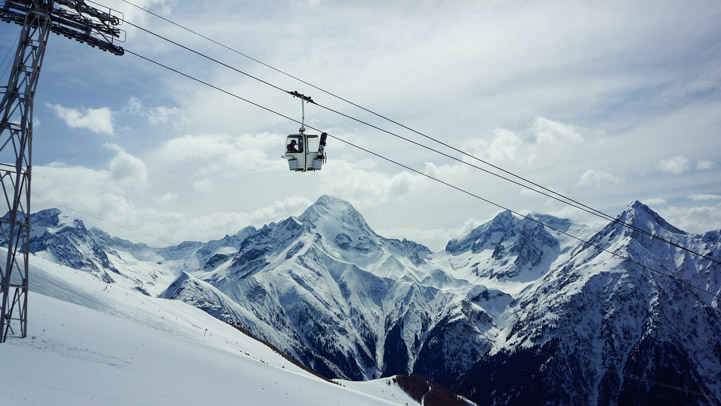
Lack of supply and pent-up demand to fuel ski property price growth
The ski industry has benefitted from a renewed appreciation for the outdoors. The sport offers fresh air, open space and minimal human contact compared to other types of leisure activity. Lifestyle changes and working from home have also increased the demand for both chalets and apartments in mountain resorts.
Combined undersupply in major resorts and surging demand since the latter half of 2020 has led to agents reporting ski property price rises in excess of 5% in the last 12 months.
The dynamic nature of ski resorts, with many adapting their infrastructure and leisure offerings to remain competitive and ensure future viability, will likely encourage strong residential price growth going forward. This is echoed by increased demand from investors seeking to acquire commercial property assets in the principal resorts.
Outlook 2021/22
Skiers are keen to get back to the slopes. As international travel resumes, albeit with ongoing challenges, both residential property values and ski holiday bookings reflect the pent-up demand in the industry.
As countries and resorts refine their Covid-19 policies and implement the necessary safety measures, industry sources are reporting that bookings are up on pre-pandemic levels.
Limited pipeline supply, restrictions on residential property development and growing demand are resulting in residential property price increases across many ski resorts. As a result, both the purchase and rental markets are set to benefit this season, with growth forecast to continue in the medium term.
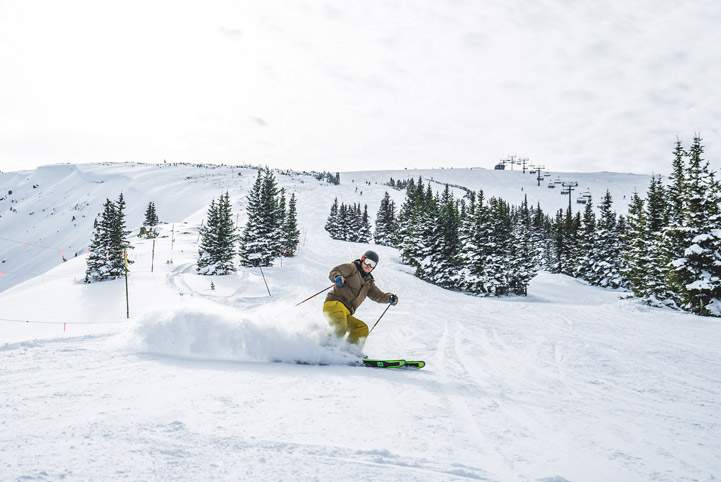
China’s ski market potential
2022 will see China host its first Winter Olympics, in Beijing. The $3.9 billion event is a statement of intent for Chinese winter sports and is set to cement the country as a major player on the international ski scene.
Participation in winter sports in China has risen in the last two decades. Average skier visits in China grew by 13% between the 2017/18 and 2019/20 seasons, according to Laurent Vanat, and the Chinese government is aiming to engage 300 million Chinese people in winter sports by 2025.
In contrast to Europe’s ageing pool of skiers, 80% of skiers in China are under the age of 40
Paul Tostevin, Director, Savills World Research
Today, there are a total of 770 ski areas in China, and a further 28 new ski areas opened in 2019 alone. With so many first-time skiers, China is also seeing new skiing concepts emerge, such as Snow51, an innovative indoor ski leisure experience created in partnership with an Austrian ski training institution.
In contrast to Europe’s ageing pool of skiers, 80% of skiers in China are under the age of 40. Per capita income is expected to grow by 59% by 2027, creating a large middle class with disposable income to spend on leisure.
Japan receives the largest inflow of Chinese skiers, already representing the largest such inflow in the Asia-Pacific region. As China’s ski industry matures, Chinese skiers are likely to venture further afield. Europe, offering a depth and variety of luxury ski resorts, is well positioned to benefit.
Read the other articles within The Ski Report below
.jpg)
